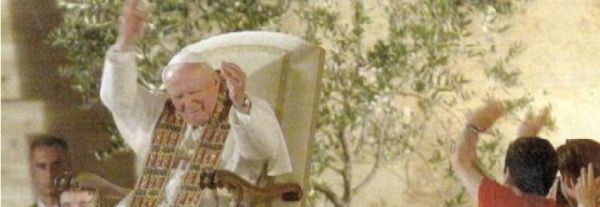1. A text by Saint Augustine offers us the key to interpreting Christ's miracles as signs of his saving power: "The fact that he became man for us has been of much greater benefit to our salvation than the miracles he performed among us; and it is more important than the fact that he healed the diseases of the body destined to die" (S. Augustini, In Io. Ev. Tr., 17, 1). In order to this health of the soul and the redemption of the whole world, Jesus also performed miracles of a corporal order. And so the theme of this catechesis is as follows: through the "miracles, wonders and signs" that he performed, Jesus Christ manifested his power to save man from the evil that threatens the immortal soul and his vocation to union with God.
9. At the end of our catechesis, we return once again to the text of St Augustine: "If we now consider the deeds wrought by our Lord and Saviour Jesus Christ, we see that the eyes of the blind, miraculously opened, were shut by death, and the limbs of the paralytic, loosed by the miracle, were again immobilised by death: all that was temporally healed in the mortal body, was in the end undone; but the soul that believed, passed into eternal life. With this sick man the Lord wished to give a great sign to the soul that would believe, for whose remission of sins he had come, and to heal whose weaknesses he had humbled himself" (S. Augustini, In Io. Ev. Tr., 17, 1).
Yes, all of Christ's "miracles, wonders and signs" are in function of the revelation of him as the Messiah, of him as the Son of God: of him who alone has the power to deliver man from sin and death. Of him who truly is the Saviour of the world.
[Pope John Paul II, General Audience 11 November 1987]












